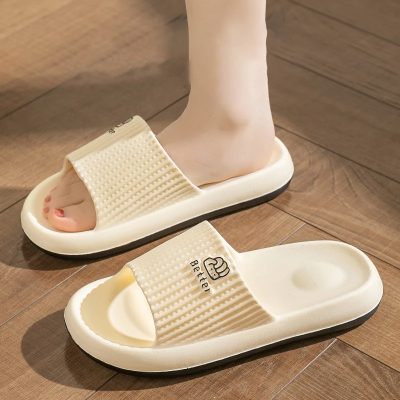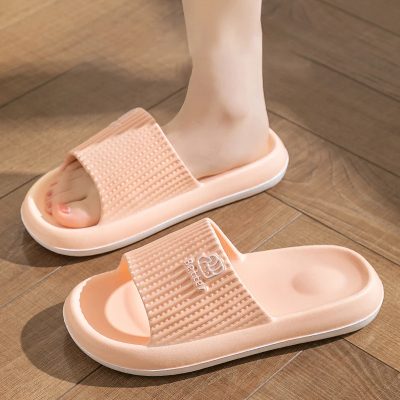Orthopedic sandals have come a long way from being perceived as purely functional footwear. Today, they blend science and style to provide unparalleled comfort and support for those seeking relief from foot-related ailments or simply aiming for healthier feet. In this article, we’ll delve into the science behind orthopedic sandals and explore why they’re a game-changer for achieving happy and healthy feet.
- Foot Anatomy: To understand the importance of orthopedic sandals, it’s essential to grasp the complexity of foot anatomy. The foot comprises numerous bones, muscles, ligaments, and tendons, all working together to support our body weight and facilitate movement. Any imbalance or misalignment in the foot can lead to discomfort, pain, and even more serious conditions over time.
- Arch Support: One of the key features of orthopedic sandals is arch support. The arches of the foot act as shock absorbers, distributing the body’s weight evenly and providing stability during movement. Orthopedic sandals are designed with built-in arch support to help maintain the natural alignment of the foot, reducing strain on the muscles and ligaments and alleviating common issues such as plantar fasciitis and flat feet.
- Cushioning: Another important aspect of orthopedic sandals is cushioning. The soles of the feet endure a significant amount of pressure with each step, especially on hard surfaces like concrete or pavement. Orthopedic sandals feature cushioned footbeds that provide shock absorption and reduce impact on the feet, resulting in increased comfort and decreased fatigue, even after long periods of standing or walking.
- Anatomical Design: Orthopedic sandals are crafted with the unique contours of the foot in mind. They often feature a wide toe box to accommodate the natural splay of the toes and prevent cramped conditions that can lead to discomfort and deformities over time. Additionally, orthopedic sandals may have adjustable straps or closures to allow for a customized fit, ensuring optimal support and stability for each individual foot shape.
- Motion Control: For individuals with overpronation or supination issues, orthopedic sandals offer motion control features to correct gait abnormalities and promote proper alignment. This may include reinforced heel cups, medial support posts, or stabilizing midsoles that help control excessive inward or outward rolling of the foot during walking or running.
- Materials Matter: The materials used in orthopedic sandals play a crucial role in their effectiveness and durability. High-quality materials such as leather, suede, and moisture-wicking fabrics are often chosen for their breathability, flexibility, and ability to conform to the shape of the foot over time. Additionally, some orthopedic sandals incorporate antimicrobial properties to prevent bacterial growth and maintain foot hygiene.
- Versatility and Style: Gone are the days when orthopedic sandals were synonymous with clunky, unattractive footwear. Today, they come in a variety of styles, colors, and designs to suit every taste and occasion. Whether you prefer sleek leather slides, sporty sandals, or casual flip-flops, there’s an orthopedic option that combines fashion with function, allowing you to prioritize foot health without sacrificing style.
- Long-Term Benefits: Investing in orthopedic sandals is an investment in your foot health and overall well-being. By providing proper support, cushioning, and alignment, orthopedic sandals can help prevent foot pain, reduce the risk of injuries, and improve mobility and comfort for years to come. Whether you’re dealing with existing foot issues or simply prioritizing proactive foot care, orthopedic sandals offer a holistic solution for happy and healthy feet.
In conclusion, orthopedic sandals are not just footwear; they’re a science-backed solution for achieving optimal foot health and comfort. With their emphasis on arch support, cushioning, anatomical design, and motion control, orthopedic sandals address the needs of the feet comprehensively, helping individuals of all ages and lifestyles maintain happy, healthy, and pain-free feet for years to come.







